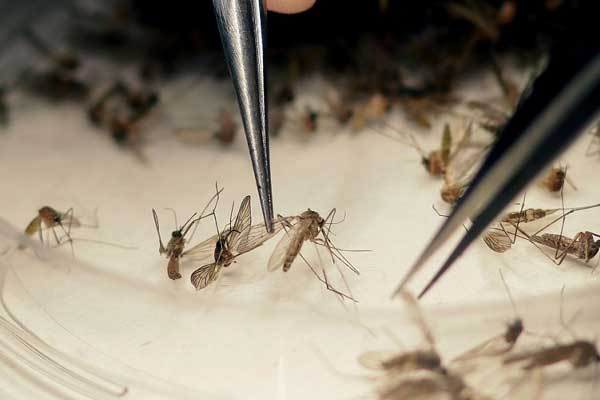Malaysia confirmed its first case of locally transmitted Zika virus, which killed a 61-year-old man in the state of Sabah due to pre-existing heart-related complications. In most adults, symptoms of Zika virus are only mild, but infected pregnant women can give birth to babies with microcephaly.
Zika has also been linked to Guillain-Barre Syndrome in adults in rare cases – which is a rapid-onset muscle weakness triggered by the immune system damaging the peripheral nervous system.
Malaysia’s Minister for Urban Wellbeing, Housing and Local Government said the measure would be implemented soon.
Solar powered mosquito traps generally work by luring mosquitoes with a “high white” LED globe. The mosquitoes are then zapped and drop into a catcher underneath. These devices don’t have huge power requirements and also incorporate a battery as well a small solar panel, for use during the night and unfavorable conditions. Many can also be plugged into a mains power supply.
Quite a few claims are made about their efficacy; with the manufacturers of some models stating a single unit is effective for an area up to a quarter of an acre.
Another type of mozzie zapper showing a lot of promise is one we’ve covered recently, the SolarMal trap.
A 3-year trial of SolarMal on an island in Kenya resulted in a 70% reduction in a malaria-carrying mosquito population – and its creators say it could be used to target the mozzies known to carry the Zika virus; Ae. aegypti and Ae. albopictus.
SolarMal is a very simple system, but there are other devices being developed that are really high-tech WMD (Weapon of Mosquito Destruction) and use lasers to bring down the little blighters. Solar powered death rays are pretty cool, but perhaps that’s overkill?
Mozzies can transmit many other diseases, including malaria, dengue fever, yellow fever, Ross River virus, Barmah Forest virus, West Nile virus and elephantiasis. It’s little wonder many people feel that the only good mosquito is a dead one, and it’s great to see solar pow technology playing a role in the battle against the blood-suckers.













Comments